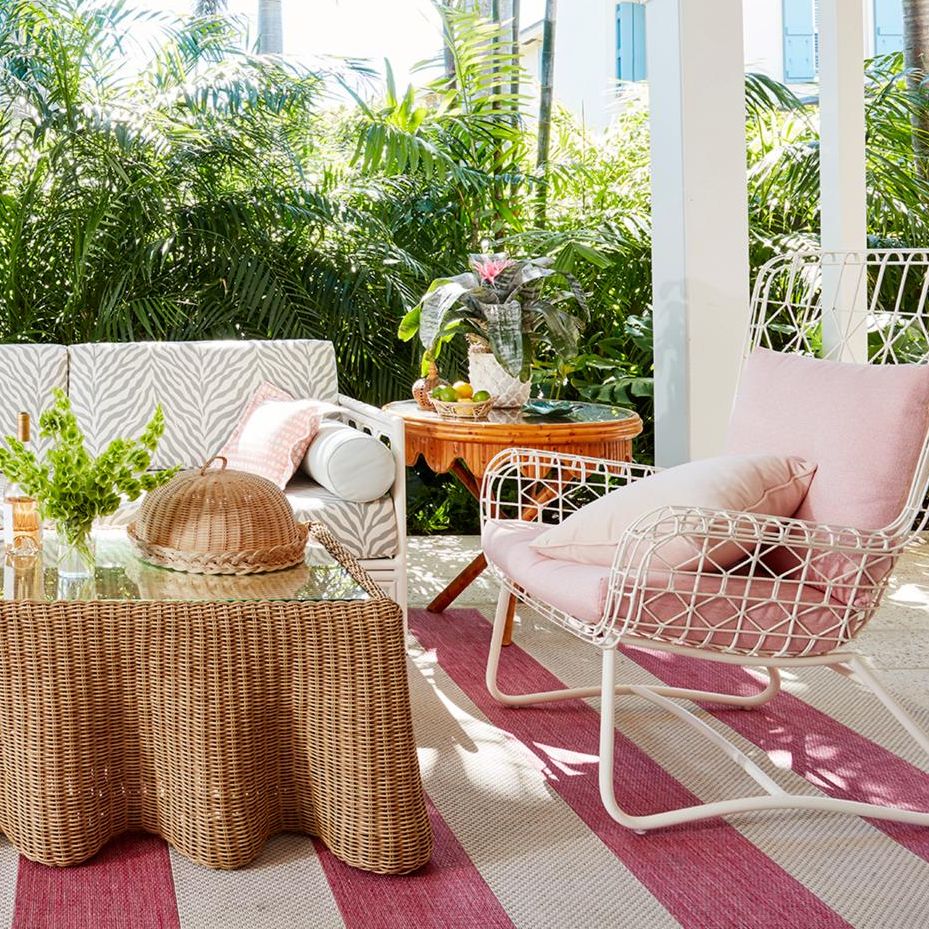Introduction
When it comes to furnishing your outdoor space, selecting the right material for your furniture is crucial for longevity, aesthetics, and comfort. With a plethora of options available, ranging from wood to metal to synthetic materials, making an informed decision can be daunting. This guide aims to help you navigate through the considerations and factors involved in choosing the best outdoor furniture material.
Understanding Your Environment
Before delving into the specifics of various materials, it’s essential to assess your outdoor environment. Factors such as climate, exposure to sunlight, humidity levels, and proximity to saltwater or chlorinated pools significantly impact the durability and maintenance requirements of outdoor furniture.

Wooden Furniture: Timeless Elegance with Care
Wood remains a popular choice for outdoor furniture due to its natural beauty and versatility. Hardwoods like teak, cedar, and eucalyptus are renowned for their durability and resistance to decay and insects. However, they require regular maintenance, including sealing, staining, or oiling, to preserve their appearance and integrity.
Metal Furniture: Strength and Style
Metal outdoor furniture, such as aluminum, wrought iron, and stainless steel, offers durability and minimal maintenance. Aluminum is lightweight, rust-resistant, and suitable for various climates, while wrought iron boasts unmatched strength and classic appeal. Stainless steel is exceptionally resilient to corrosion, making it ideal for coastal areas. However, metal furniture may require occasional cleaning and protective coatings to prevent corrosion and maintain its luster.
Wicker and Rattan Furniture: Natural Charm with Modern Twist
Wicker and rattan furniture combine natural fibers with synthetic materials for a stylish yet durable outdoor seating option. Synthetic wicker, made from resin or PVC, is highly resistant to moisture, fading, and cracking, making it suitable for all-weather use. Natural rattan furniture exudes warmth and charm but requires sheltered spaces or protective covers to prevent damage from prolonged exposure to the elements.
Plastic and Resin Furniture: Budget-Friendly and Low Maintenance
Plastic and resin outdoor furniture offer affordability, versatility, and easy maintenance. High-quality synthetic materials like polyethylene and polypropylene mimic the look of wood or wicker while providing exceptional durability and weather resistance. Plastic furniture is lightweight, stackable, and available in a myriad of colors and designs, making it an excellent choice for budget-conscious consumers seeking functional and stylish outdoor seating solutions.
Composite Furniture: Eco-Friendly Innovation
Composite outdoor furniture blends recycled plastic with wood fibers to create a durable and eco-friendly alternative to traditional wood furniture. Resistant to rot, mold, and insects, composite materials require minimal maintenance and offer long-lasting performance in various weather conditions. Composite furniture comes in a range of styles and finishes, providing the aesthetic appeal of wood without the associated upkeep.
Fabric Selection: Comfort and Durability
When choosing outdoor furniture, consider the type of fabric used for cushions and upholstery. Sunbrella fabric is renowned for its fade resistance, water repellency, and easy cleaning, making it ideal for outdoor use. Other durable and quick-drying fabric options include acrylic, polyester, and olefin. Ensure that the fabric is UV-stabilized and mildew-resistant to withstand prolonged exposure to sunlight and moisture.
Maintenance and Care Tips
Regardless of the material, proper maintenance is essential to prolonging the lifespan of your outdoor furniture. Regular cleaning with mild soap and water helps remove dirt, pollen, and stains, preserving its appearance and integrity. Consider using protective covers or storing furniture indoors during inclement weather to prevent damage and extend its longevity. Additionally, inspect and tighten hardware regularly to prevent loosening or corrosion.
Conclusion
Choosing the best outdoor furniture material requires careful consideration of factors such as climate, maintenance requirements, durability, and aesthetic preferences. Whether you opt for the timeless elegance of wood, the strength of metal, the versatility of synthetic materials, or the eco-friendliness of composites, selecting high-quality furniture built to withstand the rigors of outdoor living ensures years of enjoyment and relaxation in your outdoor oasis.